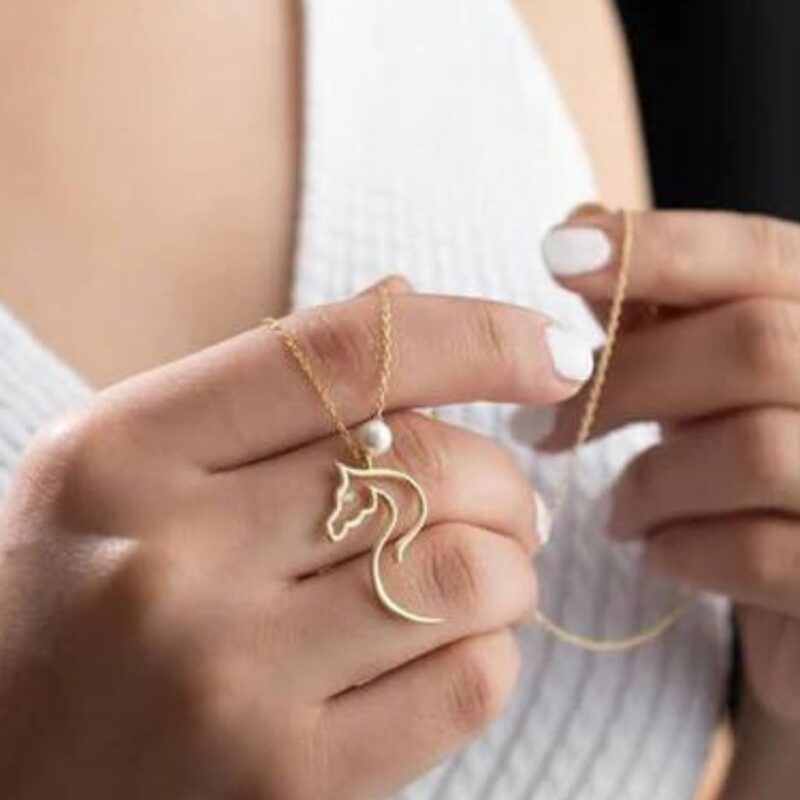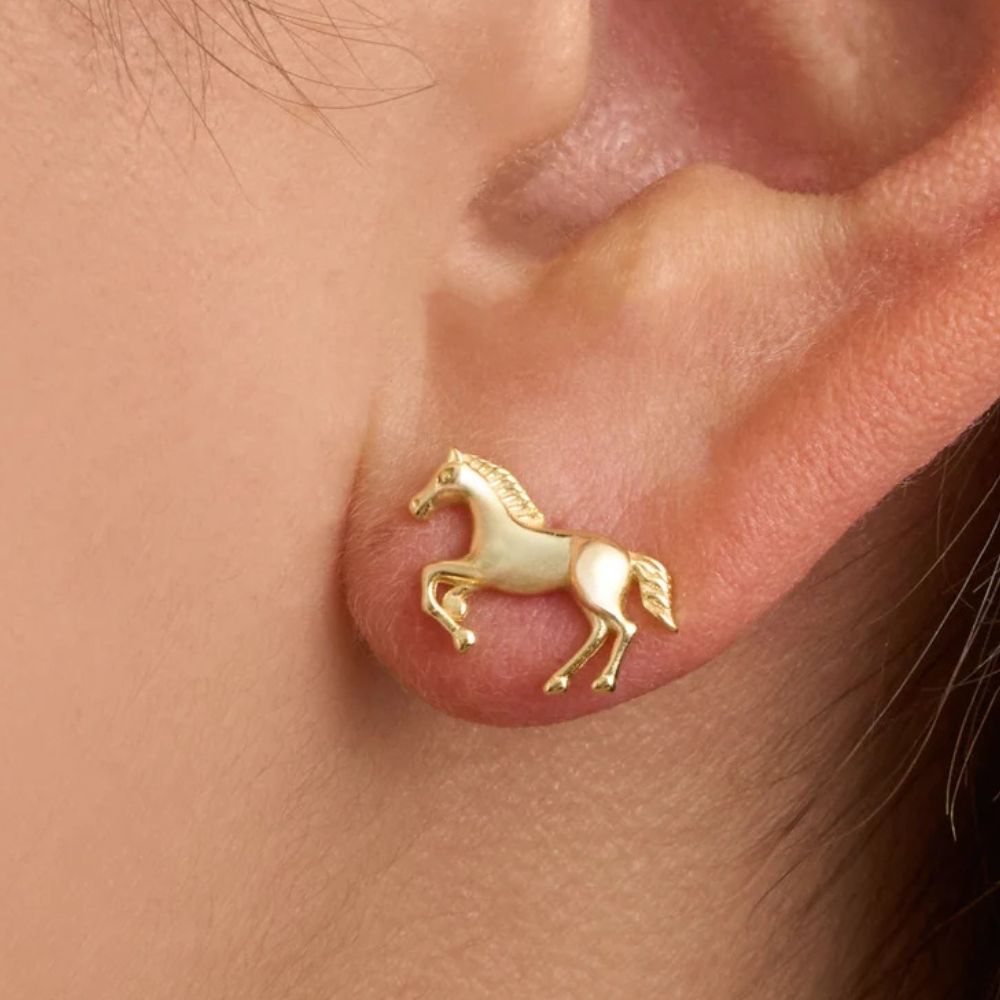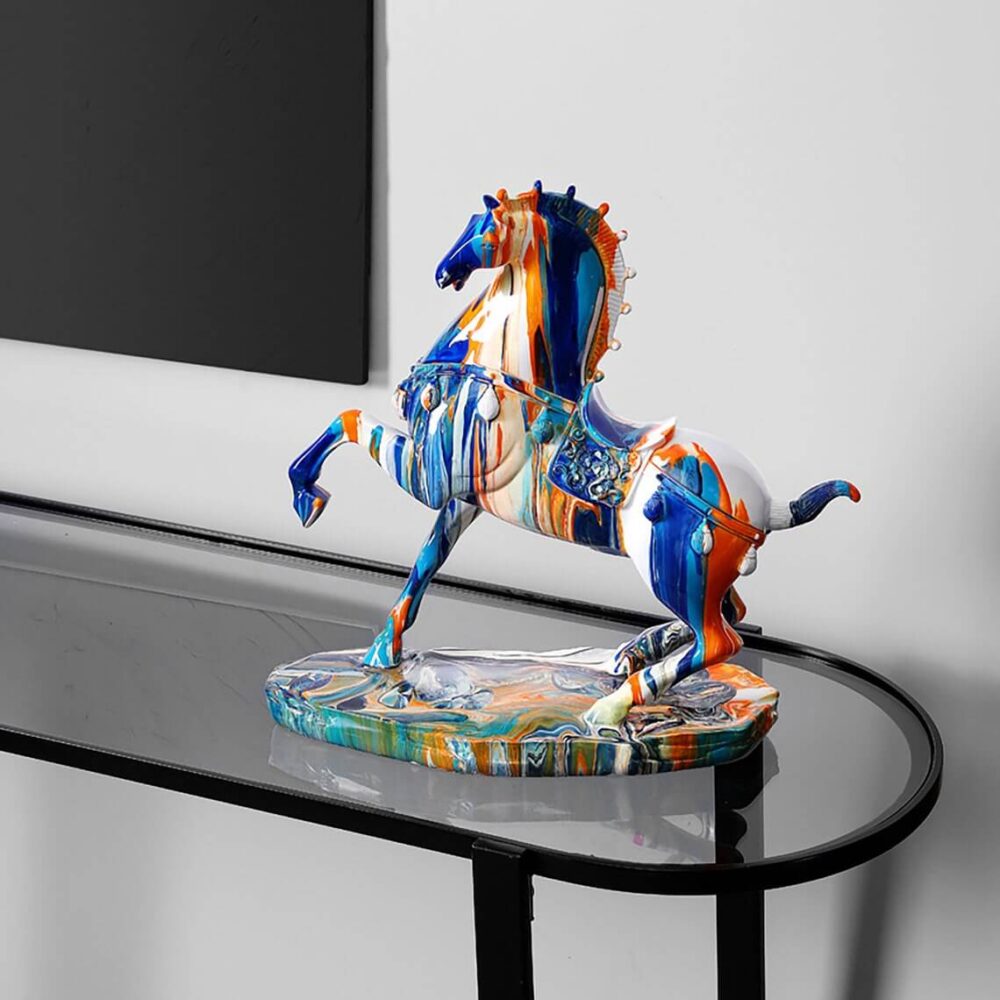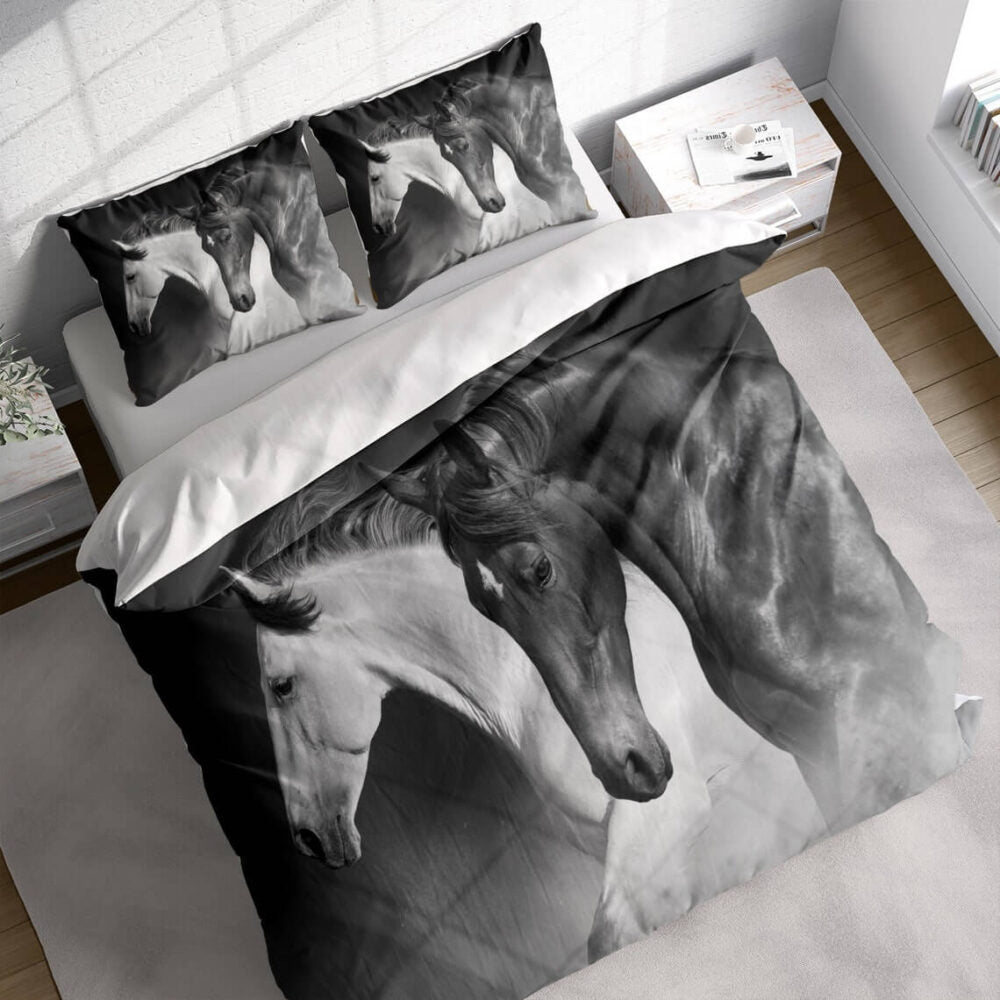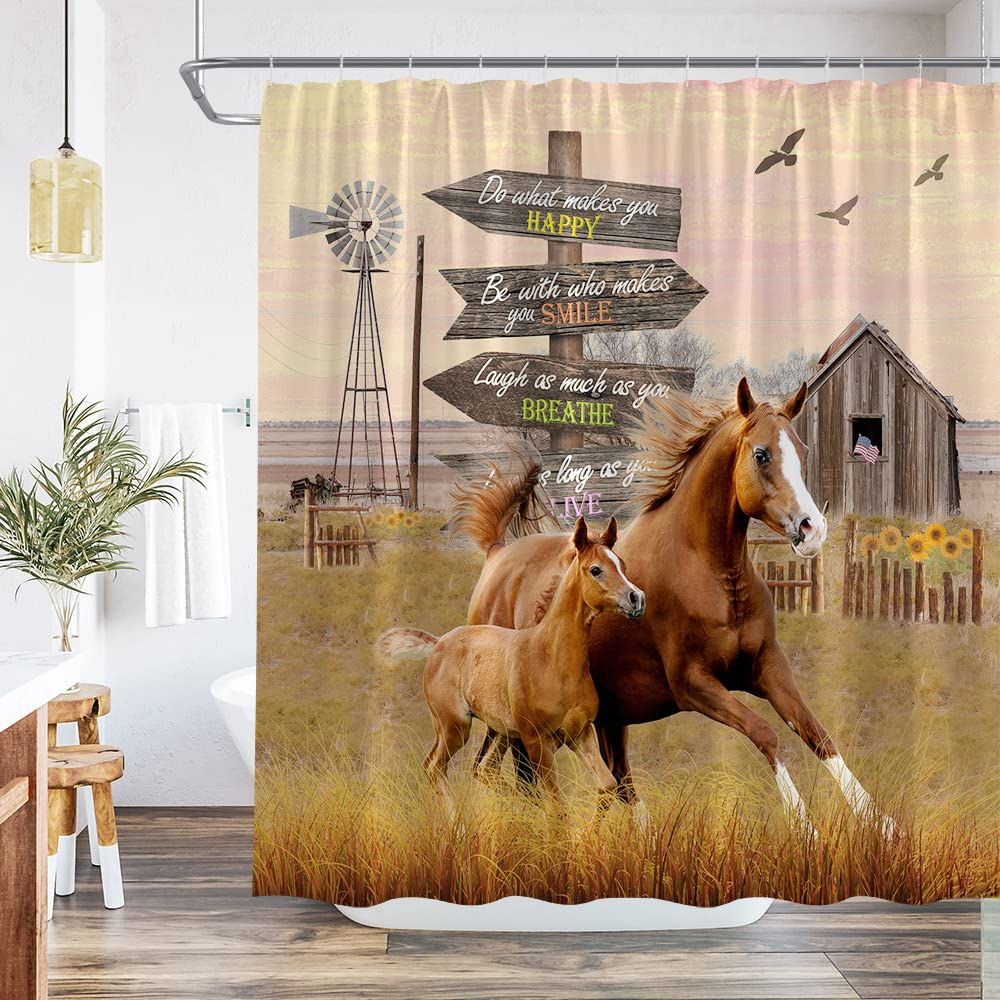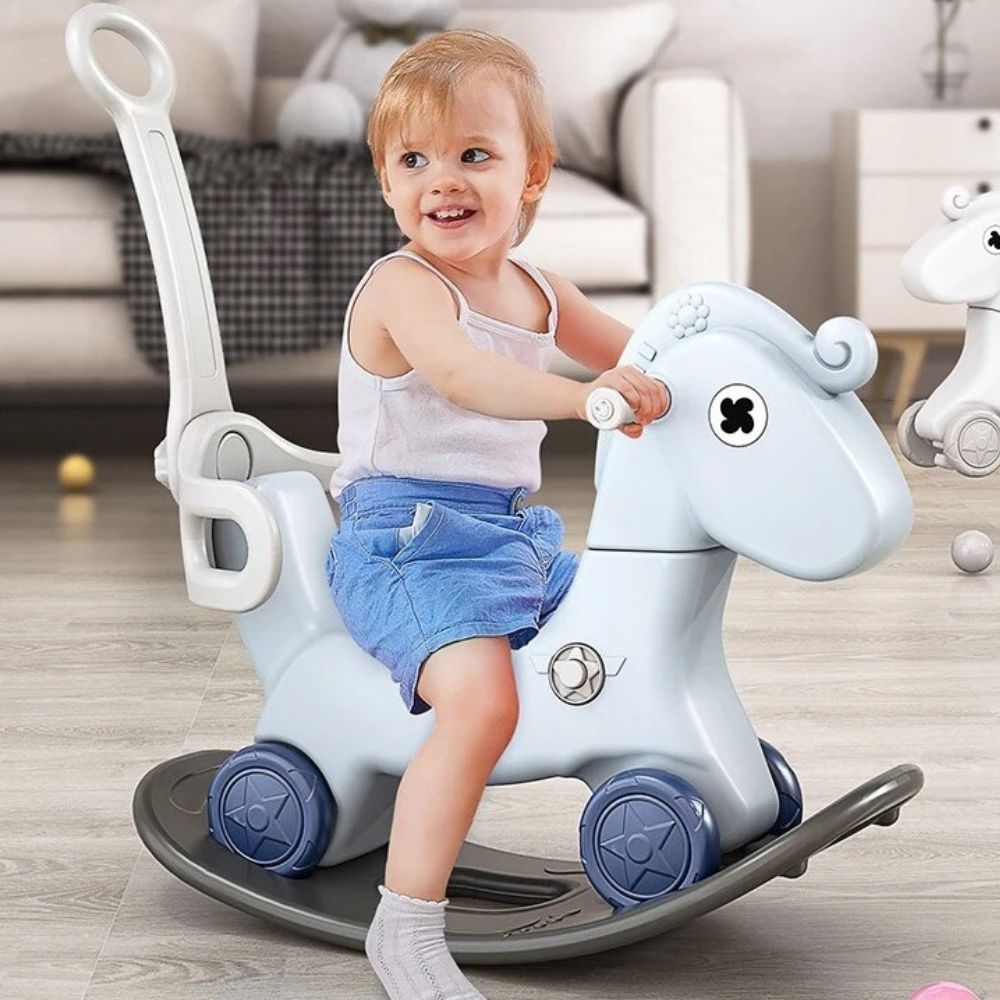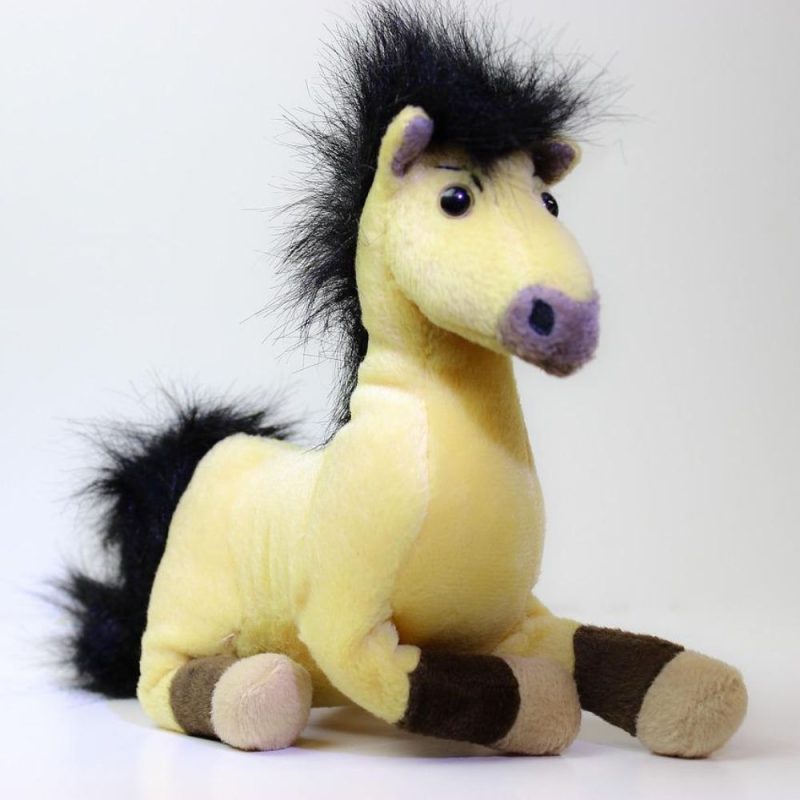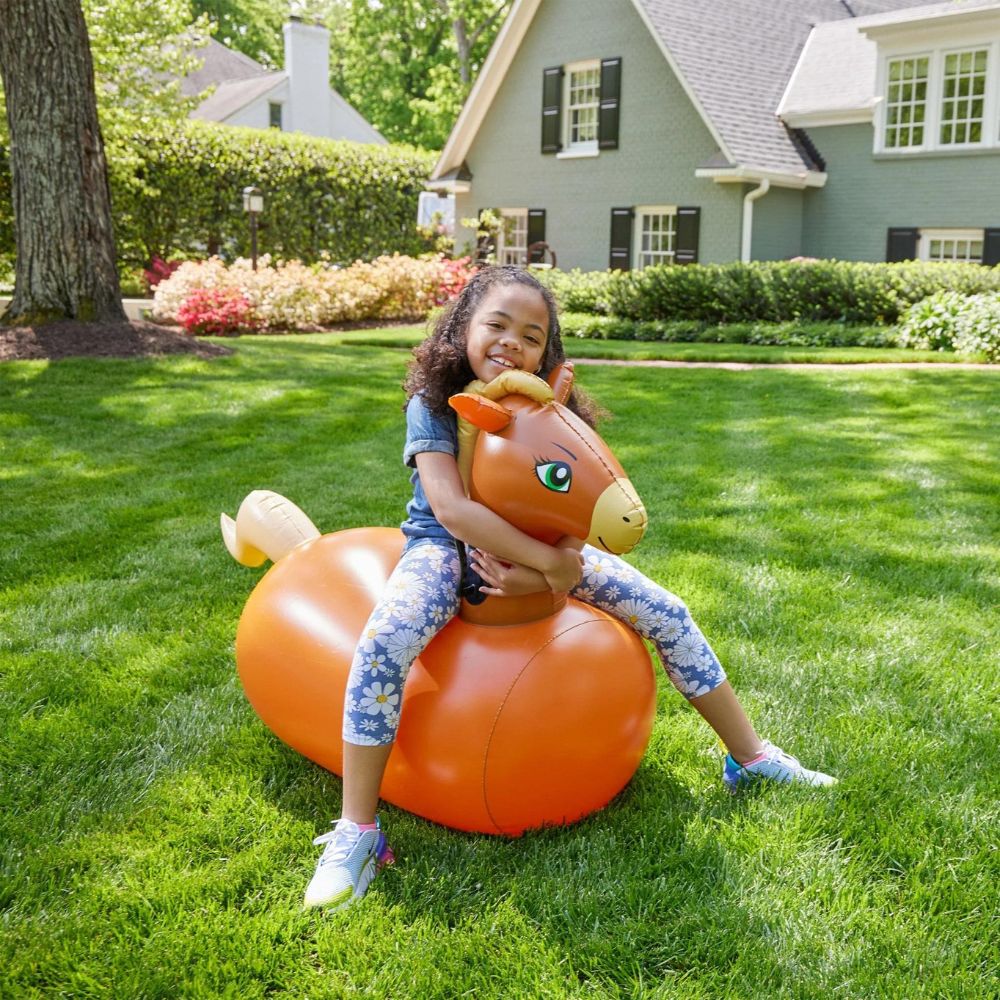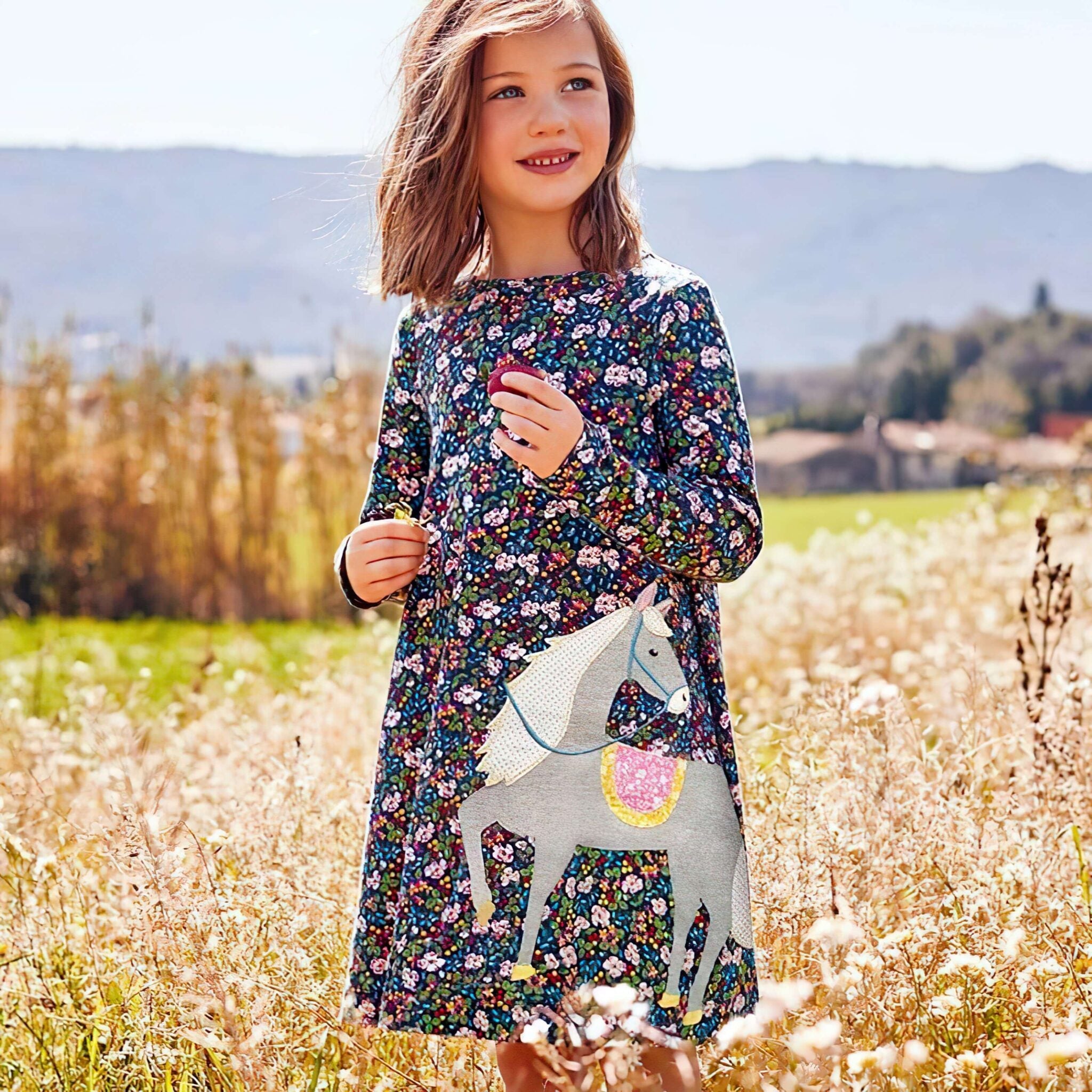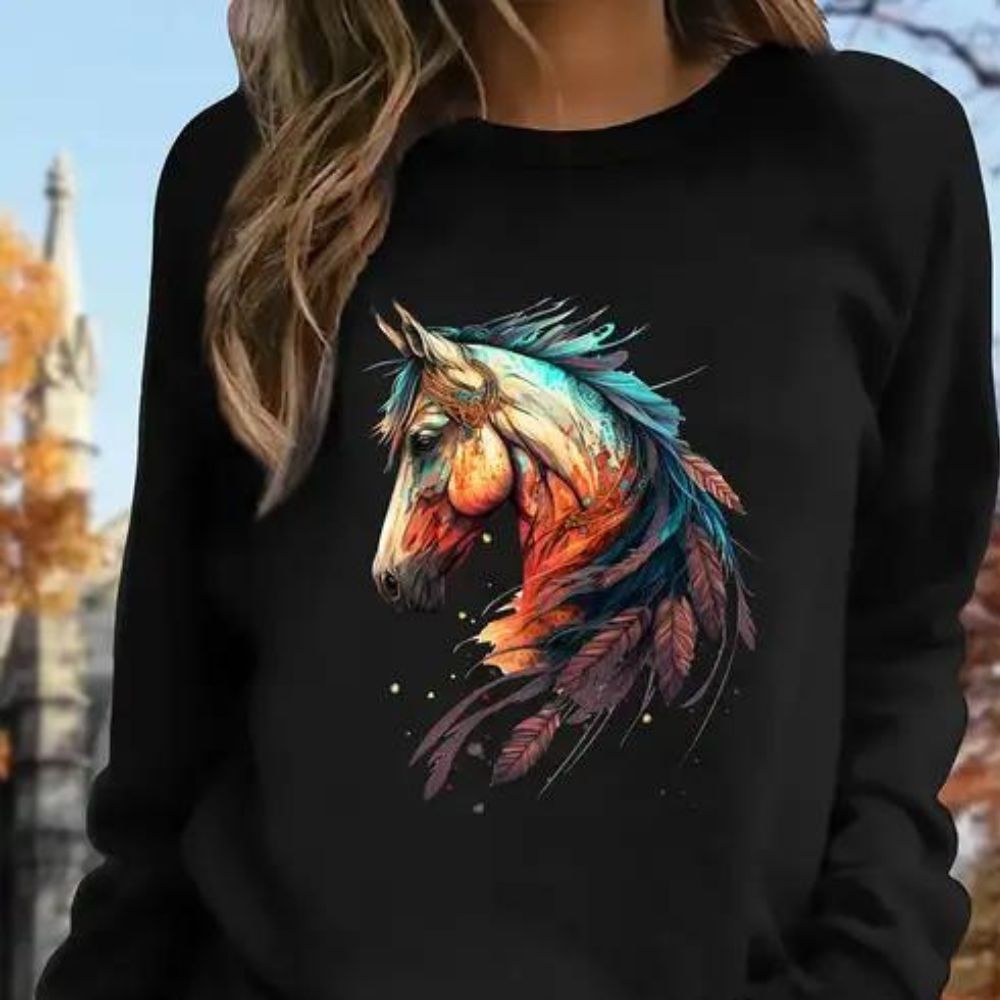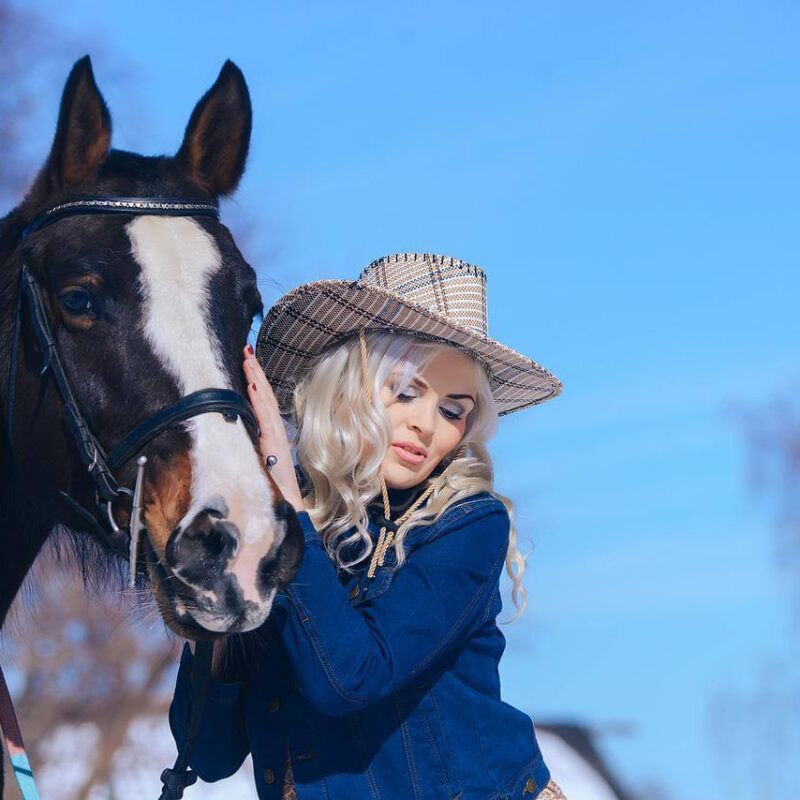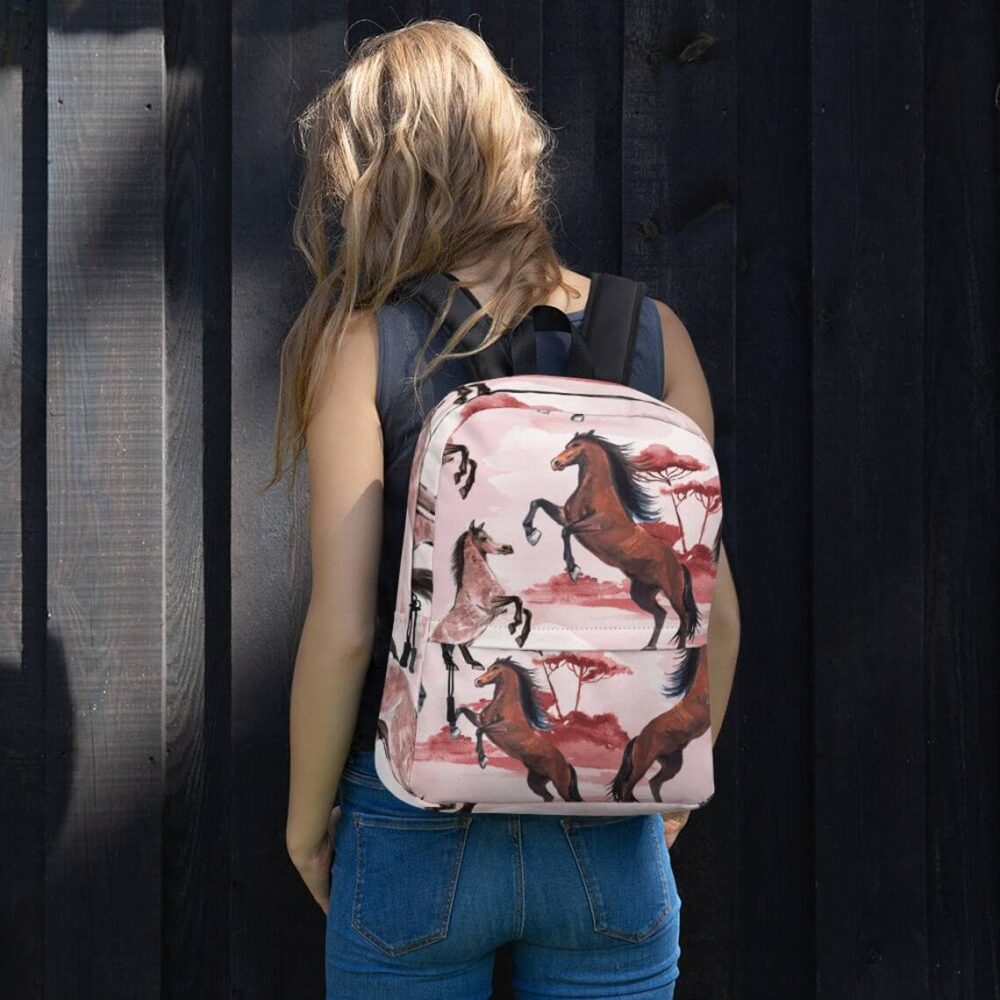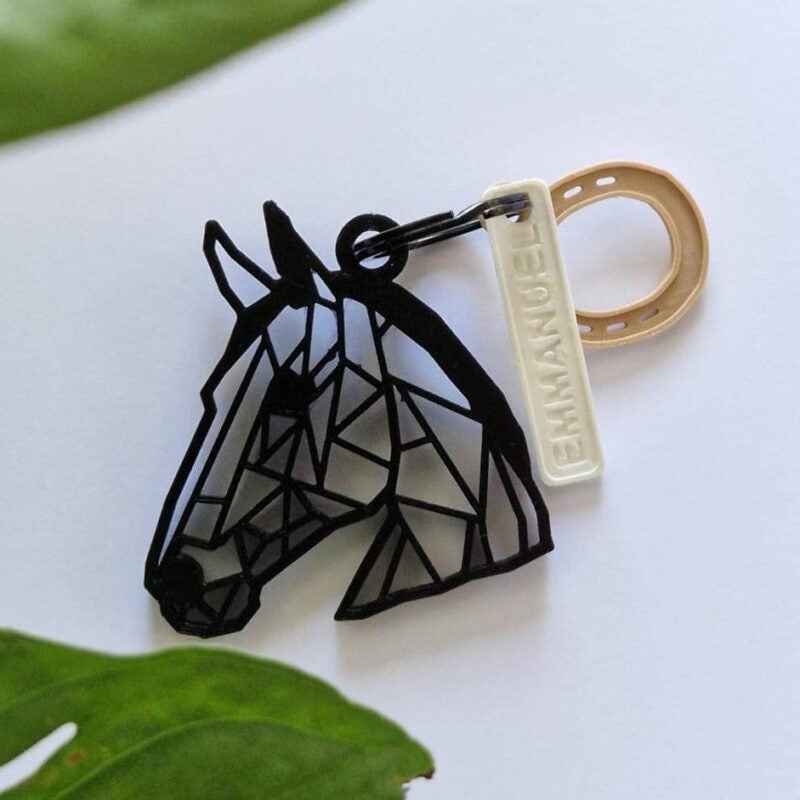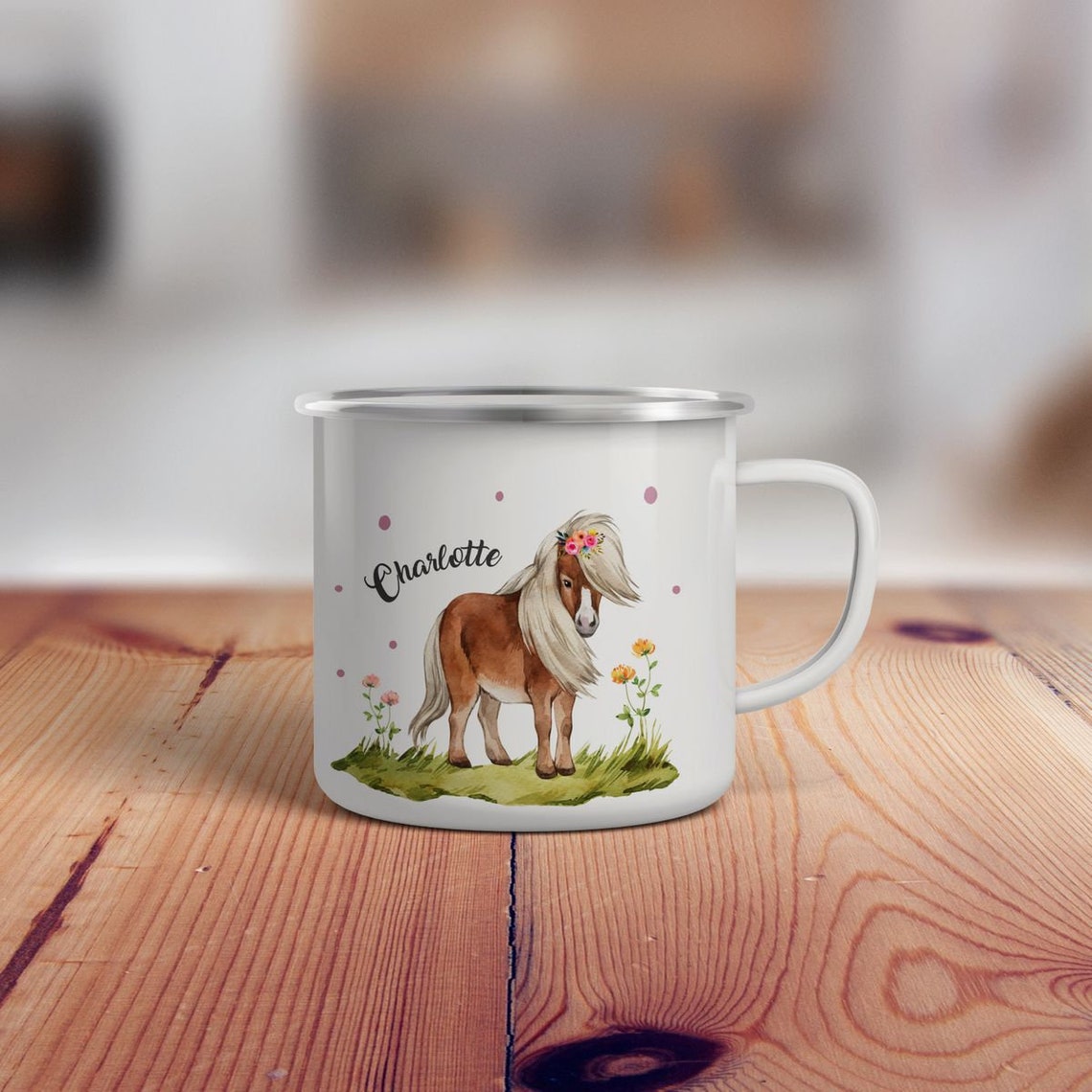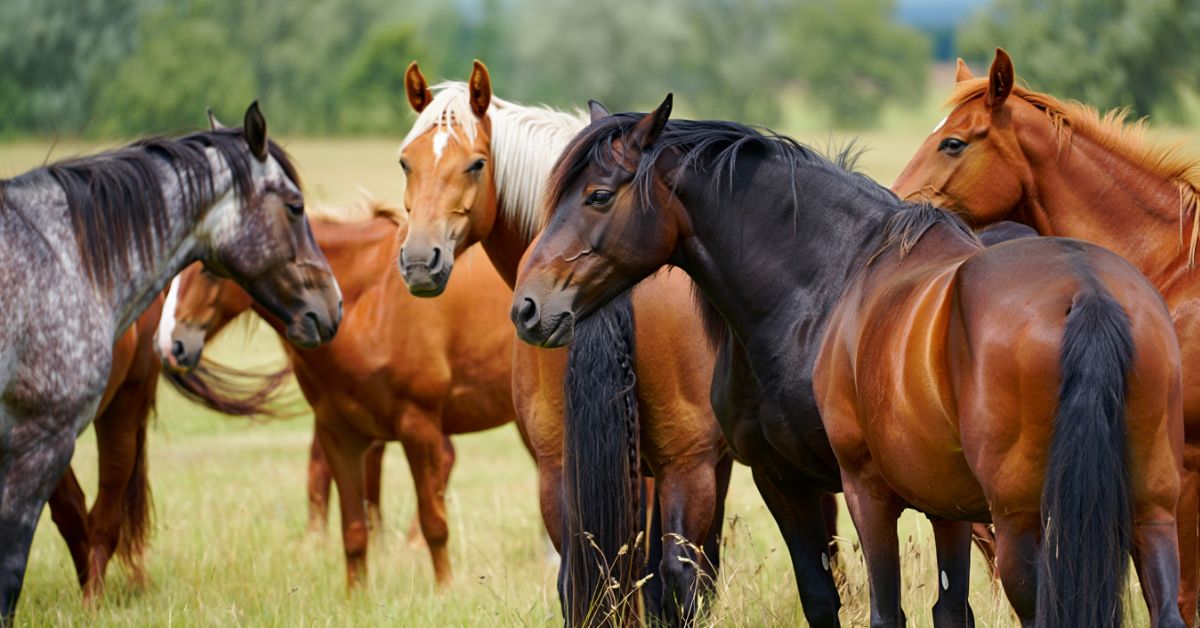
What Are the Colors of Horses: A Complete Guide to Equine Coat Colors
What are the colors of horses? This fascinating question opens the door to a world of stunning equine coat genetics and breathtaking horse coat patterns that have captivated horse lovers for centuries! 🐎
Horses display an incredible spectrum of colors, from the classic base horse colors like chestnut, bay, and black to exotic variations such as palomino, cremello, and silver dapple. Understanding these magnificent coat variations isn't just about appreciation – it's about connecting with the genetic artistry that makes each horse unique. Whether you're admiring a blue roan galloping across pastures or marveling at the leopard spots of an Appaloosa, each color tells a story written in DNA.
For horse enthusiasts shopping at Dream Horse, recognizing these beautiful horse coat colors helps you choose jewelry and accessories that perfectly complement your favorite breeds. Our equestrian collection celebrates every shade and pattern, from deep liver chestnut pieces to stunning pinto-inspired designs that capture the essence of these magnificent creatures.
Chapter 1: Base Horse Colors - The Foundation of Equine Beauty
The world of horse coat colors begins with understanding the fundamental base horse colors that form the genetic foundation for all equine variations. Think of these as the primary colors on an artist's palette – everything else builds from here! 🎨
Black horses represent one of the most striking base horse colors. A true black horse maintains its deep, rich color year-round without fading to brown in sunlight. These magnificent animals carry two copies of the black gene, creating coats so dark they seem to absorb light itself. Famous black horses like Black Beauty have captured hearts worldwide, inspiring countless pieces in our equestrian jewelry collection.
Chestnut horses showcase warm, reddish-brown coats ranging from pale golden sorrel to deep liver chestnut. This color results from the recessive red gene, and chestnut horses cannot carry the black gene. The liver chestnut variation displays an almost chocolate-brown appearance, while lighter chestnuts gleam like burnished copper in sunlight.
Bay horses combine the best of both worlds – black points (mane, tail, and lower legs) contrast beautifully against brown bodies. Bay horses can range from light blood bay with its brilliant reddish tones to dark bay that appears almost black except for those telltale light areas around the muzzle and flanks.
The genetics behind these base horse colors involve the interaction between the Extension gene (E) and the Agouti gene (A). Black horses have E but lack A, chestnut horses lack E entirely, and bay horses possess both E and A genes working together.
The Science Behind Base Colors
Research from the University of Kentucky's Gluck Equine Research Center shows that understanding horse colors starts with just two genes controlling these three fundamental shades. This elegant simplicity demonstrates nature's efficiency in creating diverse beauty from basic building blocks.
"The horse is God's gift to mankind," said Arabian proverb, and nowhere is this more evident than in the stunning variety of equine coat genetics we observe today.
➤ Also Read: What Does It Mean When You Dream with Horses? Unlock the Hidden Messages in Your Sleep
Chapter 2: Dilution Genes and Modified Colors
Dilution genes transform base horse colors into breathtaking variations that seem almost magical! These genetic modifiers act like filters, softening and lightening coat colors to create some of the most sought-after shades in the equine world. ✨
Cream Dilution Effects
The cream gene creates several stunning variations:
-
Palomino horses result from cream dilution acting on chestnut base color, producing golden coats with white or light manes and tails
-
Buckskin occurs when cream dilutes bay, creating tan bodies with black points
-
Cremello and perlino horses carry two copies of the cream gene, resulting in pale, nearly white coats with blue eyes
-
Smoky black appears when cream acts on black, often creating a coat that looks black but carries the dilution gene
Champagne and Silver Modifications
The champagne gene creates metallic sheens and unique eye colors. Classic dun horses with champagne display beautiful golden coats with amber eyes, while champagne acting on bay creates amber champagne with its distinctive bronze appearance.
Silver dapple horses showcase another fascinating genetic modifier. This gene lightens manes and tails to silver or white while creating dappled patterns on the body. Silver working on black horses produces stunning silver blacks, while silver on bay creates the coveted silver bay variation.
Statistical Insights
According to the American Quarter Horse Association's 2023 registry data, palomino registrations increased by 15% over the past five years, reflecting growing appreciation for these dilution genes effects. This trend influences our Dream Horse jewelry designs, with palomino-inspired golden pieces becoming increasingly popular among our customers.
Chapter 3: Roan Patterns and Their Genetic Magic
Roan horses display one of the most mesmerizing horse coat patterns in the equine world, where white hairs intermingle uniformly throughout the base color, creating a frosted appearance that changes with seasons and age. This genetic artistry produces some of the most photographed horses in the world! 📸
Understanding Roan Genetics
The roan gene acts dominantly, meaning only one copy creates the roan effect. Unlike other genetic modifiers, the roan gene doesn't dilute the base color but instead adds white hairs throughout the coat. The head and legs typically remain the original base horse colors, creating striking contrast.
Blue roan horses combine black base color with white hairs, creating a blue-gray appearance that inspired countless Western legends. These horses often appear almost purple in certain lighting conditions, making them favorites for photographers and artists alike.
Red roan results from the roan gene acting on chestnut base color. These horses display beautiful strawberry or wine-colored coats that seem to glow in sunlight. Red roan horses often lighten significantly in winter and darken during summer months.
Bay roan or strawberry roan combines bay base color with the roan gene, creating complex coloring where the body shows red-brown mixed with white while maintaining the characteristic black points of bay horses.
Seasonal Changes in Roan Horses
Research published in the Journal of Equine Veterinary Science (2023) revealed that roan horses can show up to 40% variation in coat lightness between winter and summer coats. This natural color-changing ability makes them particularly appealing to horse enthusiasts who appreciate dynamic beauty.
"A horse is worth more than riches," noted Spanish proverb, and roan horses with their ever-changing coats embody this sentiment perfectly.
Health Considerations
Interestingly, the roan gene occasionally associates with certain health traits. Horses carrying two copies of the roan gene (homozygous roan) may experience embryonic lethality, making homozygous roan horses extremely rare. This genetic quirk makes each roan horse genetically special.
At Dream Horse, our roan-inspired jewelry captures these seasonal color changes through carefully selected materials that shift appearance in different lighting, much like the coats of these magnificent roan horses.
Chapter 4: Spotted and Patterned Horses - Nature's Artistic Masterpieces
Horse coat patterns reach their most dramatic expression in spotted and patterned breeds, where equine coat genetics create living canvases that rival any human artwork! These patterns result from complex genetic interactions that produce unique individuals, making each horse a one-of-a-kind masterpiece. 🎭
Appaloosa and Leopard Complex
Appaloosa horses showcase the leopard complex, a genetic system controlling various spotted patterns. The leopard complex gene doesn't just create spots – it's responsible for several distinctive characteristics including mottled skin, striped hooves, and visible white sclera around the eyes.
Common Appaloosa patterns include leopard (white base with dark spots), blanket (dark body with white over the hips), and few-spot (mostly white with minimal spots). The leopard complex gene exhibits incomplete dominance, meaning horses can carry the gene without expressing visible patterns while still passing spotted traits to offspring.
Pinto Patterns and Genetics
Pinto horses display large patches of white combined with any other color, creating bold, eye-catching patterns. Pinto patterns fall into three main categories:
Tobiano patterns show rounded white patches that typically cross the back and extend downward. Tobiano horses usually have four white legs and solid-colored heads with normal facial markings. This pattern results from the TO gene acting dominantly.
Overo patterns display irregular white patches that rarely cross the back. Overo horses often have extensive white markings on faces and heads while maintaining colored legs. Several genes can create overo patterns, including frame overo, sabino, and splashed white.
Sabino patterns create roaning effects along white edges, high white leg markings, and often extensive facial white. Sabino horses may appear almost completely white while technically being pinto patterns.
Statistical Pattern Distribution
The Pinto Horse Association of America reports that tobiano patterns account for approximately 60% of registered pinto horses, while overo patterns represent about 35%, and sabino patterns comprise the remaining 5%. These statistics influence breeding programs and affect market values for different pattern types.
Modern Genetic Testing
Advances in equine coat genetics now allow owners to test for pattern genes before breeding. Companies like UC Davis Veterinary Genetics Laboratory offer comprehensive color testing that identifies carriers of leopard complex, tobiano, and various overo genes. This testing helps breeders predict offspring colors and patterns with remarkable accuracy.
The beauty of pinto and Appaloosa patterns has inspired our Dream Horse spotted jewelry collection, featuring pieces that capture the random beauty of these natural patterns in precious metals and stones.
Chapter 5: Rare and Unique Horse Colors
Beyond the common horse coat colors, nature occasionally creates truly extraordinary variations that captivate horse lovers worldwide. These rare colors result from uncommon genetic modifiers or specific gene combinations that occur infrequently, making horses carrying them particularly valuable and admired. 💎
Champagne Colors and Pearl Dilution
Champagne gene horses display metallic coats with distinctive amber or green eyes and pink mottled skin. Classic dun horses with champagne show golden metallic coats, while champagne affecting bay creates amber champagne with bronze highlights. The champagne gene only occurs in certain breeds, primarily Missouri Fox Trotters and Tennessee Walking Horses.
Pearl dilution acts similarly to cream but produces different results. Pearl on chestnut creates pseudo-cremello (called pearl), while pearl combined with cream produces striking pale colors with enhanced contrast. Pearl horses remain relatively rare, occurring primarily in Iberian breeds.
Silver Dapple and Mushroom Colors
Silver dapple horses showcase one of the most visually striking genetic modifiers. The silver gene lightens black-based colors, turning black horses into silver blacks with silver or flaxen manes and tails. Silver affecting bay horses creates silver bay with dramatic dappling effects.
The silver gene only affects black pigment, leaving red pigment unchanged. This means chestnut horses can carry the silver gene without visual expression, making genetic testing important for breeding programs.
Sooty and Pangare Modifiers
Sooty modifiers darken coats by adding black hairs throughout, particularly along the topline. Bay horses with sooty often appear almost black until close inspection reveals the underlying bay coloring.
Pangare (also called mealy) lightens specific body areas including the muzzle, flanks, and inside legs. Dun horses frequently display pangare effects, creating the characteristic light points that complement dorsal stripes and primitive markings.
Gray Horses - The Color That Changes
Gray horses deserve special mention as they're born with base colors but gradually lighten throughout life due to the dominant gray gene. Young gray horses may appear bay, chestnut, or black, but develop white hairs over time.
The graying process typically begins around age 2-3 and continues throughout the horse's life. Some gray horses become completely white by age 10-15, while others maintain dappled patterns. Interestingly, gray horses show increased risk for melanomas due to their genetic makeup.
Genetic Rarity Statistics
According to the International Museum of the Horse, true cremello horses occur in less than 0.1% of the global horse population. Silver dapple appears in approximately 0.5% of horses worldwide, while champagne colors exist in fewer than 1% of registered horses globally.
These rare colors command premium prices in the horse market. A 2024 study by Equine Economics International found that rare-colored horses sell for an average of 25-40% more than common-colored horses of similar quality and breeding.
"The horse, with beauty unsurpassed, strength immeasurable and grace unlike any other, still remains humble enough to carry a man upon his back," observed Amber Senti, and nowhere is this beauty more evident than in these rare horse coat colors.
At Dream Horse, we celebrate these unique colors through our exclusive rare-color collection, featuring jewelry inspired by silver dapple patterns and champagne metallic sheens that capture the essence of these exceptional horses.
Frequently Asked Questions About Horse Colors
What are the most common horse coat colors?
The most common horse coat colors are bay, chestnut, and brown, accounting for approximately 70% of all horses worldwide. Bay horses represent about 30% of the population, chestnut horses comprise roughly 25%, and various shades of brown make up another 15%. These base horse colors occur frequently because they result from common genetic combinations that have been favored throughout domestic horse evolution.
How do genetics determine horse coat colors?
Equine coat genetics primarily involve two major genes: the Extension gene (E) controlling black pigment production and the Agouti gene (A) determining pigment distribution. Additional genetic modifiers like cream, silver, and roan genes create the vast array of horse coat colors we see today. Modern genetic testing can identify most color genes, allowing breeders to predict offspring colors with 90%+ accuracy.
Can horse colors change over time?
Yes! Many horse coat colors change throughout a horse's lifetime. Gray horses begin with base colors and gradually lighten, roan horses vary seasonally by up to 40%, and young horses often darken or lighten as they mature. Sun exposure can fade certain colors, while winter coats typically appear richer and darker than summer coats.
What makes a horse color rare or valuable?
Rare horse coat colors like cremello, silver dapple, and champagne occur infrequently due to uncommon gene combinations. These colors often command premium prices because they require specific breeding to produce and may only occur in certain breeds. Market data shows rare-colored horses sell for 25-40% more than common colors of similar quality.
Are white markings different from coat colors?
White markings result from separate genetic mechanisms than horse coat colors. While coat colors affect the entire horse, white markings occur in specific patterns on face markings and leg markings. These markings can appear on any base color and result from genes controlling local pigment production rather than overall coat color genetics.








